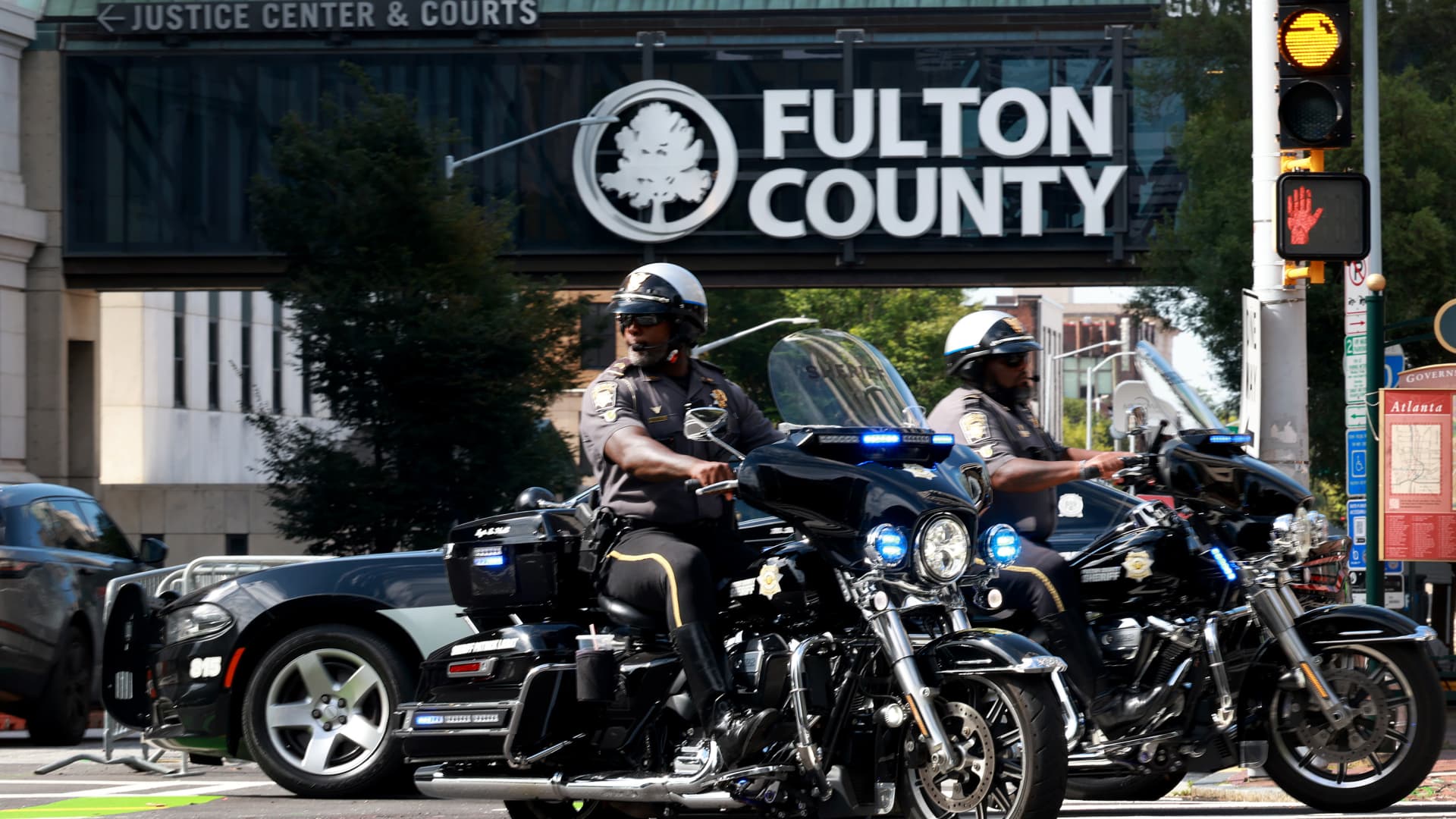US Markets
Monday, October 2nd, 2023 11:15 pm EDT
Key Points
- Drive-Thru Wait Times Reduced: The average total time spent in a drive-thru lane has decreased by 29 seconds this year.
- Shorter Ordering Wait Times: Specifically, wait times to place an order have been reduced by 25 seconds. This improvement is attributed to a decrease in the average number of cars in line to order, which dropped from 2.76 to 1.27.
- Restaurant Companies Focusing on Efficiency: Fast-food chains like McDonald’s and Chick-fil-A are actively working to enhance the speed of service and minimize order errors in their drive-thru operations.
Fast-food drive-thru lanes are becoming more efficient as fewer customers opt for car-side ordering, according to an annual study by Intouch Insight. The study involved visits to approximately 1,500 locations of popular fast-food chains such as Arby’s, Burger King, Carl’s Jr., Chick-fil-A, Dunkin’, Hardee’s, KFC, McDonald’s, Taco Bell, and Wendy’s. Mystery shoppers conducted drive-thru orders at different times between June and July.
Key findings from the study include:
- Reduced Drive-Thru Wait Times: The average total time spent in a drive-thru lane has decreased by 29 seconds compared to previous years.
- Shorter Ordering Wait Times: Wait times to place orders have improved by 25 seconds. This improvement is attributed to a drop in the average number of cars waiting in line to order, falling from 2.76 to 1.27 cars per line.
- Speed Leaders: Taco Bell, KFC, and Carl’s Jr. recorded the fastest overall drive-thru times. However, when factoring in the number of cars in line, Chick-fil-A, McDonald’s, and Wendy’s outperformed the rest. This suggests that Carl’s Jr., Taco Bell, and KFC drive-thrus may have shorter wait times because they are less frequented.
Despite these improvements, this year’s total drive-thru times still lag behind 2019 times by 15 seconds. The Covid-19 pandemic initially led to a surge in drive-thru demand as customers shifted from dining inside to ordering from their vehicles. While drive-thru visits have stabilized since then, many customers have transitioned to online ordering or using self-order kiosks inside restaurants.
Fast-food chains like McDonald’s and Chick-fil-A continue to focus on speeding up service and minimizing order errors. Some are testing artificial intelligence software for order-taking, while others are constructing new locations with multiple drive-thru lanes.
In the study, two specific restaurants stood out: a McDonald’s test restaurant in Texas with an order-ahead lane and a traditional drive-thru lane, and a Taco Bell location in Minnesota with one regular drive-thru lane and three additional lanes for delivery drivers and pre-order customers.
Both of these special locations boasted faster service times compared to their respective brands’ averages, with the Taco Bell also achieving a higher order accuracy score (88%) than the chain’s overall rate (85%). However, the McDonald’s test location fell short in order accuracy, scoring 80%, notably lower than the chain’s average of 88%.
For full original article on CNBC, please click here: https://www.cnbc.com/2023/10/02/fast-food-drive-thru-lanes-speed-up-as-fewer-drivers-wait-in-line.html




